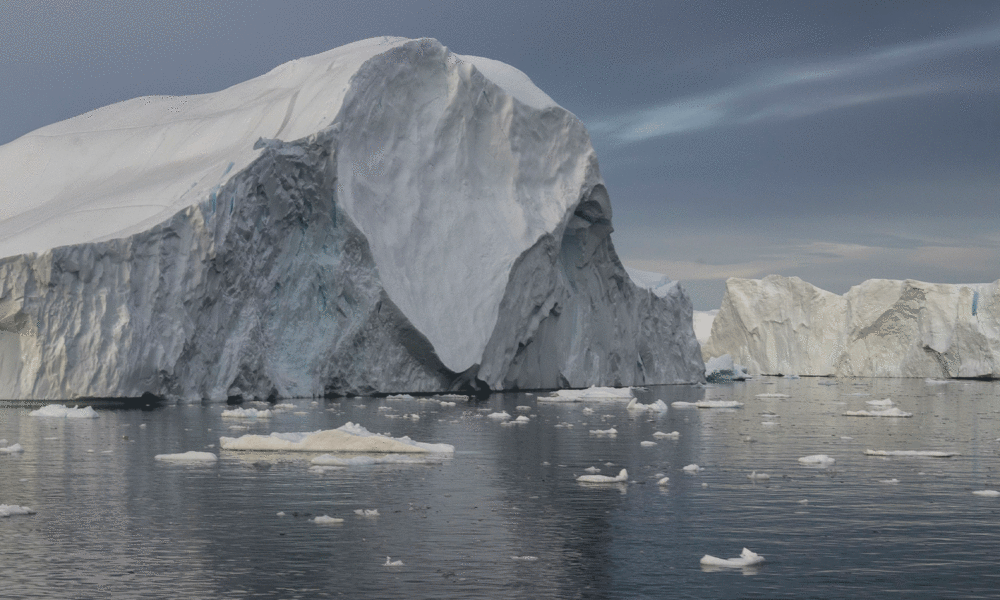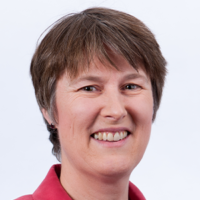As the world heads into COP27, there is no room for bad information on climate change in our major newspapers. Allow me to share the latest on what’s happening in Greenland based on information from scientists whose major focus includes study of the ice sheet and the Arctic region.
Drs. Twila Moon and Nikoosh Carlo, who conduct research relevant to high northern latitudes, recently exchanged thoughts with Johanna Chao Kreilick and me about a recent article that missed the mark on Greenland and climate change. We agreed that there is much work to be done in all quarters of the world to meet the international agreements given the narrowing of the time and wiggle room that the Earth Systems could accommodate. This would necessitate greater cooperation and less competition within the complex and connected system of our activities.
What sparked our discussion was that three of us were in Greenland in September, when more than a third of the ice sheet surface melting peaked. This scale of surface melt area is unprecedented for September, making it a record-breaking event.
In the far north, the sun barely peeks above the horizon over part of the winter season. The transition to winter can be stark and swift. Yet the seasonal shifts that typically occur in September 2022 were punctuated by several significant melt events on the Greenland ice sheet. Surprising?
Two days later as I looked down on vast areas of dark grey of melting ice from high above the ice sheet, Dr. Moon told me she and many others studying Greenland and the changing conditions over the years were expecting this might occur even during September this year. These predictions at that moment were proving true and being logged by the huge investment in people, equipment, and archiving of the observations. The unprecedented scale and timing of melt events in turn will be incorporated into updating dynamical ice sheet models and global climate models.
The story of revealing how the Earth is a system with consistent physics
Greenland is just one example of a region on Earth that consistently proves what occurs when H2O changes phases between solid, liquid, and vapor. One of the fun tricks is when H2O can sublimate directly from a solid into a vapor without passing through the liquid state. Over recent decades there have been many ways the Greenland ice sheet is losing mass due to the basic physics of what is required to remain in the solid form of H2O.
Outlet glaciers with each passing decade have been in contact with increasingly warmer seawater that can melt the underside of the glacier ice. At times weather patterns over Greenland can increase the chances for precipitation falling as rain rather than snow. Rain falling on ice can accelerate a phase transition from solid ice to liquid water.
The 2021 Arctic Report Card noted the first time rain occurred at the Greenland summit of the ice sheet. Many factors combine to yield trends that Dr. Moon and colleagues warned have tipped from being an ice sheet that was roughly in balance until around 1990 when ‘rapid reconfiguration’ of the ice sheet coastal margins occurred that have accelerated through to today. This has associated consequences in coastal regions in terms of icebergs, mass loss, freshwater discharge, sediments and nutrients delivered to marine ecosystems and so forth.
The Greenland ice sheet holds the equivalent of around 7 extra meters of global sea level rise were it to disappear completely. This fact is one among many propelling action by those who work on country contributions to the Paris Agreement to place limits on the level of warming.
All hands on deck action required to meet international agreements
Similar to the stark transition to winter in the far north, the stark United Nations Emissions Gap report ahead of the COP27 issued a warning. We need all hands on deck to navigate through this global winter period of early attempts to increase the scale of action to match the pace of the changing Earth systems we have collectively accelerated. Just as there is jubilation when the northern sun first peeks again above the horizon after dark winter “days” and nights, the Paris agreement has catalyzed a growing number of hands on deck to meet this challenge.
Take for example, Dr. Carlo’s proposal for a Climate Response Fund created by and for indigenous communities. Economist Kate Raworth who found the data did not uphold traditional economic approaches that were ill-fitted for global challenges such as climate change or global pandemics. She introduced donut economics to examine ways to thrive in the 21st century. Tereneh Idea, founder of Idia’Dega, collaborated with Olorgesailie Maasai Women Artisans of Kenya and Land Art Generator Initiative to create community designed renewable energy.
And more hands are soon to join those already on the deck. Just the latest example is the US Inflation Reduction Act starting to inject substantial resources into lowering the carbon intensity of the country that bears the largest historical contribution to climate change to date. Private sector, local public sector and other institutions will relish this opportunity to overhaul transportation, energy and help climate proof communities.
Yet the emissions gap warned these efforts are not yet at scale. There will need to be many more hands on millions of different decks that can be a refuge in a storm. Navigate stronger winds better with hands pulling on old and new lines together. Intermittently hands will drop anchor, the decks will drift backward and provide time to reflect. Then with renewed energy, hands can pull on the lines anew to explore different directions to avoid delaying action. Hands that pass the lines to younger hands and collectively bring about a multi-generational delay in ice sheet mass loss.
Are we up to the scale of this challenge?

